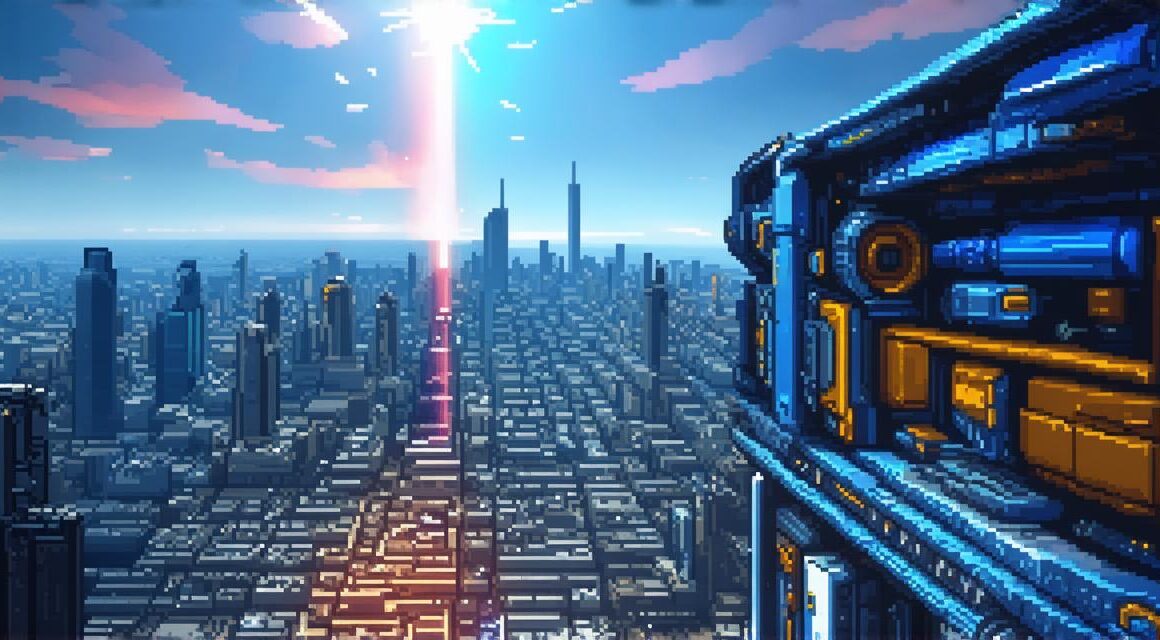Welcome to the world of 3D modeling and game development with Unity! In this article, we will explore how you can create stunning 3D models and bring them to life in your Unity projects.
Introduction
Unity is a popular game engine that offers a wide range of tools for creating 2D and 3D games. One of the key features of Unity is its support for 3D modeling, which allows you to create and import 3D models into your projects.
Creating 3D Models in Blender
Blender is one of the most popular 3D modeling tools available today. It offers a wide range of features for creating 3D models, including advanced sculpting, animation, and rendering capabilities. Unity supports importing 3D models from Blender, making it an ideal choice for developers who want to create 3D models using this powerful tool.
To get started with creating 3D models in Blender, you will need to download and install the software. Once you have installed Blender, you can begin by selecting a mesh object in the scene view and adding it to your project. From there, you can use Blender’s tools to create and modify the mesh, including scaling, rotating, and extruding vertices.
One of the key advantages of using Blender for creating 3D models is its versatility. Blender supports a wide range of file formats, including FBX, OBJ, and COLLADA, making it easy to import your models into Unity. You can also use Blender’s built-in animation tools to create animations that can be exported directly to Unity.

Another advantage of using Blender for creating 3D models is its open-source nature. Blender is free and open source, which means you can use it without any restrictions or limitations. This makes it an ideal choice for developers who want to create 3D models on a tight budget.
Importing 3D Models into Unity
Once you have created your 3D model in Blender, you can import it into Unity using the Assets window. To do this, simply select the file you want to import and click the “Add” button. Unity will then automatically import the file into your project, where you can access it in the Hierarchy view.
One of the key benefits of using Unity for game development is its support for real-time rendering. This means that you can see your 3D models in action as soon as you have imported them into Unity. You can also use Unity’s built-in tools to optimize your models for performance, including reducing the number of polygons and adjusting the mesh density.
Another advantage of using Unity for game development is its support for scripting. Unity supports a wide range of programming languages, including C and JavaScript, which makes it easy to create custom scripts and behaviors for your 3D models. You can also use Unity’s built-in scripting tools to create animations and other interactive elements for your games.
Best Practices for Working with 3D Models in Unity
When working with 3D models in Unity, there are a few best practices that you should keep in mind to ensure optimal performance and usability. Here are some of the most important:
- Keep your mesh simple
- Optimize your model for performance by reducing the number of polygons and adjusting the mesh density
- Use Unity’s built-in tools to create animations and other interactive elements for your games
- Keep your code clean and organized
- Test your game regularly to ensure optimal performance and usability



